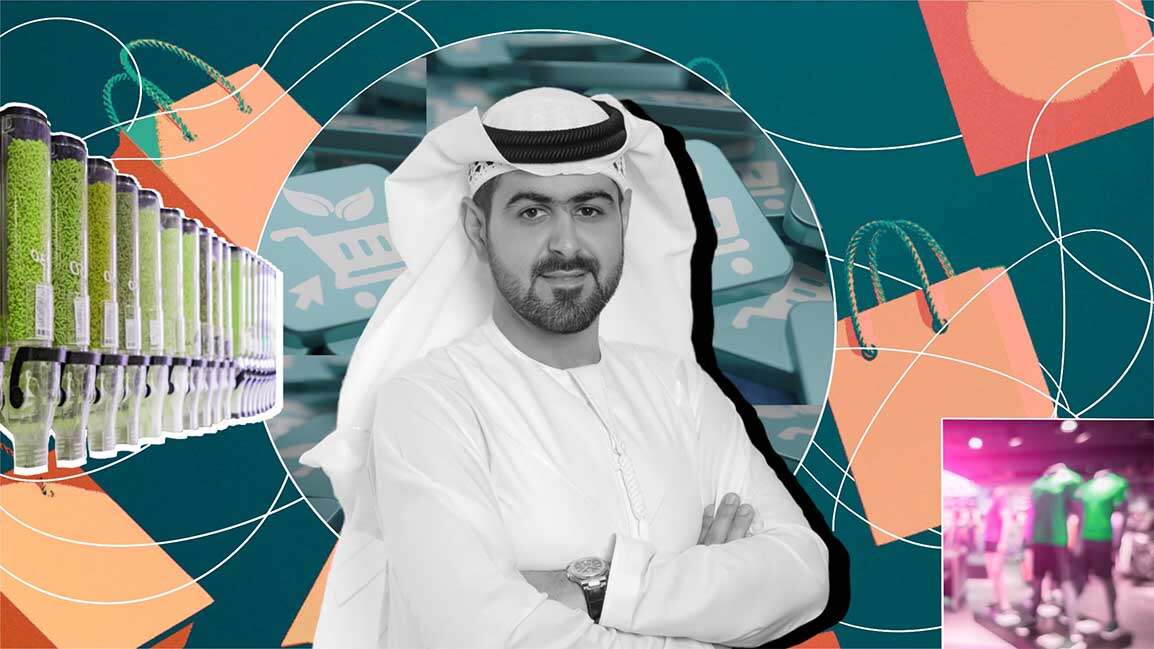- | 6:15 pm
Microplastics are everywhere. These sponges could help capture them
As billions of tons of plastic waste have accumulated in the environment, microplastics are getting even harder to remove.

Scientists find microplastics everywhere they look: rivers and the ocean, Arctic snow, rain falling on cities and national parks, seafood, bottled water and beer, and even deep inside human lungs. As billions of tons of plastic waste have accumulated in the environment and the fragments keep getting smaller, microplastics are getting even harder to remove. But a new type of sponge could help pull them out of water.
Vinayak Dravid, a materials science and engineering professor at Northwestern University, is leading the development of multiple variations of the technology. “The basic idea is that we have an affinity coating that acts as a glue, and it attracts the pollutant,” he says.
Researchers started with the challenge of oil spills, developing a patented nanotechnology coating that attracts oil and repels water; if a thin layer is added to a sponge, the sponge can collect 30 times its weight in oil. Then the oil can be squeezed out and recovered, and the sponge can be reused repeatedly.
Tailored coatings can capture other pollutants. Another version attracts phosphates, ingredients in fertilizer that lead to toxic algae blooms in lakes and dead zones in the ocean. A sponge with the coating can suck up phosphate in the water, which can then be reused in fertilizer.
Another researcher on the team is focused on a coating that attracts heavy metals. And one of the newest coatings is designed to attract microplastics, relying in part on the fact that most plastics have a negative ionic charge and can be attracted by a positive charge.
Dravid, who cofounded a spin-off company called MFNS Tech to commercialize the oil-absorbing sponges, envisions that users could place the plastic-attracting version in laundry machines, one of the biggest sources of microplastic pollution, to capture tiny threads of polyester or acrylic before they wash down the drain. People could also deploy the sponges in drains where stormwater is dumped into lakes or rivers or the ocean.
Other scientists are also working on new approaches to cleaning up microplastic waste. A German company, Wasser 3.0, uses a nontoxic gel that makes tiny pieces of plastic clump together so that they can be pulled out of water and recycled. (Right now, some wastewater treatment plants use toxic chemicals to try to do the same thing.) Researchers at Texas’s Tarleton State University recently studied the use of compounds from plants like okra to extract plastic from water.
The bigger solution has to involve keeping plastic out of the water in the first place. But since so much is already there, along with other pollutants, Dravid hopes to tackle multiple problems simultaneously. With his startup, he aims to make use of old kitchen sponges that consumers would otherwise discard; the coating could also be used on foam and other materials. In the water, a net filled with different sponges could attract several pollutants at once.
“You can do this as a Swiss Army knife type of a boom to stop oil and also absorb other pollutants, such as heavy metals and microplastics,” Dravid says.
The team is also continuing to develop new versions of the coating, including a coating that can passively capture CO2 from the air to help fight climate change.


































